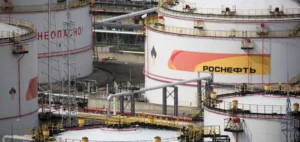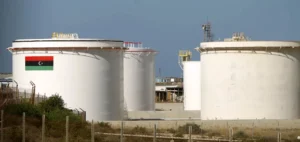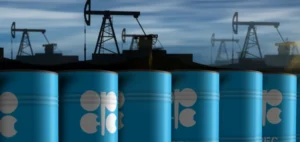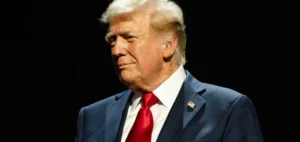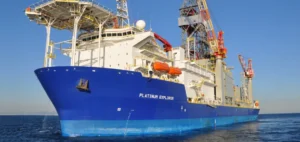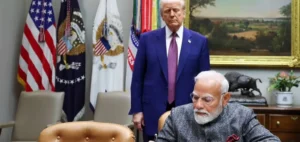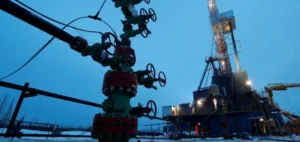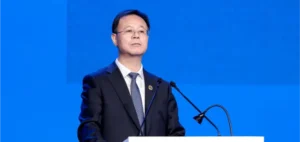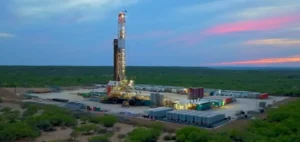China and Russia strengthen their energy relationship with a new agreement. The announcement was made by Russian President Vladimir Putin during his meeting with Chinese President Xi Jinping in Moscow on March 21. Since Russia’s invasion of Ukraine, China has become an increasingly important energy partner for Russia.
The details of the energy and trade relationship between Russia and China
Russia has dramatically increased its oil deliveries to China since the 2014 invasion of Ukraine, reaching a record 2.01 million barrels per day in February 2023. However, analysts believe that infrastructure limits Russia’s ability to further increase deliveries. Russia also supplies oil to China via the large East Siberia-Pacific Ocean pipeline, transit through Kazakhstan and tankers.
Future projects include the development of the Northern Sea Route, which crosses Russian territorial waters in the Arctic and offers shorter delivery times and lower costs, as well as less geopolitical risk than traditional routes.
In addition, Russia and China signed 14 bilateral agreements during a recent visit by Vladimir Putin to China. The presidents of the two countries expressed their satisfaction with the development of trade and economic relations between Russia and China, which reached more than $185 billion in 2022. They emphasized the importance of energy cooperation, especially with regard to gas and oil.
Finally, bilateral trade between the two countries increased by 30% in 2022 to over $185 billion, and is expected to reach $200 billion in 2023. Russia and China are increasingly using the yuan and ruble in their bilateral trade to move away from the U.S. dollar after sanctions imposed on the Russian financial sector, including asset seizures and restrictions on access to Western financial markets. The presidents also said that Russia-China relations are entering a new era and continue to develop steadily.
Gas cooperation
Russia and China have also agreed on new energy cooperation projects, including the “Power of Siberia 2” pipeline with a planned capacity of 50 billion m3 per year, which will pass through Mongolia. Russia has also proposed a new route in the Far East to transport up to 10 billion m3 per year. Putin said that by 2030, Russia will supply China with at least 98 billion cubic meters of gas and 100 million tons of LNG. Russian gas exports to China have already reached a new daily record on March 20.
What bilateral energy relationship is expected for Russia and China by 2030?
Among these agreements, joint declarations were signed to strengthen the partnership and strategic interaction, as well as for bilateral economic cooperation to 2030. The agreements also cover industrial and infrastructural cooperation in the Russian Far East and nuclear cooperation.
According to S&P Global Commodity Insights, economic pressure from the loss of pricing power and sanctions could reduce Russia’s ability to create new export capacity to Asia. Chinese importers receive discounts on Russian crude. The cost of Russian crude imports averaged $73.53 per barrel in February, 13.7% lower than the $85.23 per barrel in the same month a year earlier. In comparison, cargoes from Saudi Arabia averaged $83.15/bbl in February. Platts, part of S&P Global Commodity Insights, valued Russia’s leading crude grade, Ural, FOB Primorsk, at $35.92/bbl on March 20, a discount of $36.10/bbl to forward-dated Brent.
Discussion of security issues and proposal for a peace plan in Ukraine
In addition to economic cooperation, the Russian and Chinese presidents also discussed security issues. China has also proposed a peace plan for Ukraine. Russian President Vladimir Putin said the plan could be the basis for a peace deal in Ukraine when Kiev and the West are ready to talk.
These agreements strengthen the strategic relationship between Russia and China and show their willingness to cooperate in various fields for the mutual benefit of their countries. Economic cooperation and security are two important areas in which the two countries have a common interest. These agreements could also have broader geopolitical implications for the region and the world.



